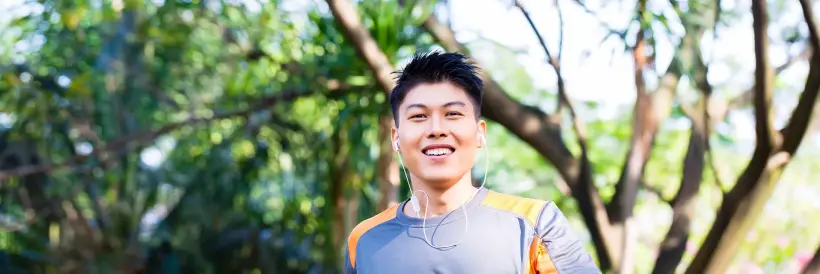
Why you need a mammogram right now
According to Harvard Health, this type of screening procedure can detect breast cancer as early as two years before you can even feel a lump.
Women often hear this throughout their lives: You need to get a mammogram annually by the time you’re 40. Now, doctors are advising regular mammograms. Wait, what? Here’s why a woman needs it.
According to the Philippine Statistics Authority, breast cancer is the No. 1 cancer afflicting Filipino women since the 1980s. As of 2019, 26 out of 100 Filipino women get breast cancer. Cushion the risk and have yourself checked now. Early detection, which includes regular breast self-exam (BSE), is your best defense against this dreaded disease.
What is a mammogram?
Simply put, a mammogram is a breast x-ray that reveals the soft tissues of the breast. According to Harvard Health, this type of screening procedure can detect breast cancer as early as two years before you can even feel a lump. During a mammogram, a technician will take low-dose images of your breasts. You will place your breasts one at a time between imaging plates, and feel pressure as the machine takes the photos, usually from different positions. A mammogram normally takes 10 to 15 minutes, depending on how thorough your physician wants it.
Mammograms these days are now digitized and use less radiation. The technology is also more advanced because the x-ray can detect abnormalities like cysts, lumps, and tumors before it manifests externally.
Why you should schedule a mammogram now
In 2010, an article published in Hawai’i Medical Journal showed incidences of breast cancer among Hawaii-based Filipino women. According to the research, Filipino women are more likely to succumb to breast cancer compared to other Asian-Americans because they typically discover their cancer in the late stages, and by then the medical costs it entails has become very high. They also fail to comply with mammography guidelines.
In the Philippines, similar findings were reported by the Philippine Society of Medical Oncology, which revealed that Filipino cancer patients visit their specialists only when the cancer has progressed.
Here are some other harrowing statistics: for 30 years, the Philippines has had the highest rate of breast cancer in Asia. From 1980 to 2010, it registered an increase of 589%. Moreover, according to the 2019 study “Risk Perception and Screening Behavior of Filipino Women at Risk for Breast Cancer: Implications for Cancer Genetic Counseling,” breast cancer accounts for 28% of cancer deaths among Filipino women.
Prevention is better than cure. Early detection will spell the big difference, so be proactive and schedule a mammogram as soon as possible.
Get all your bases covered with FWD Life Insurance’s Health Bundle. This covers you should there be any health risk while building your financial health too. Also check out Set for Health, which has every premium paid working for you. With FWD Set for Health, you can claim up to 3x for unrelated major critical illnesses and get back 100% of your premiums paid if you never do.
Take the first step towards protecting your health, book an appointment with an FWD financial advisor today.




